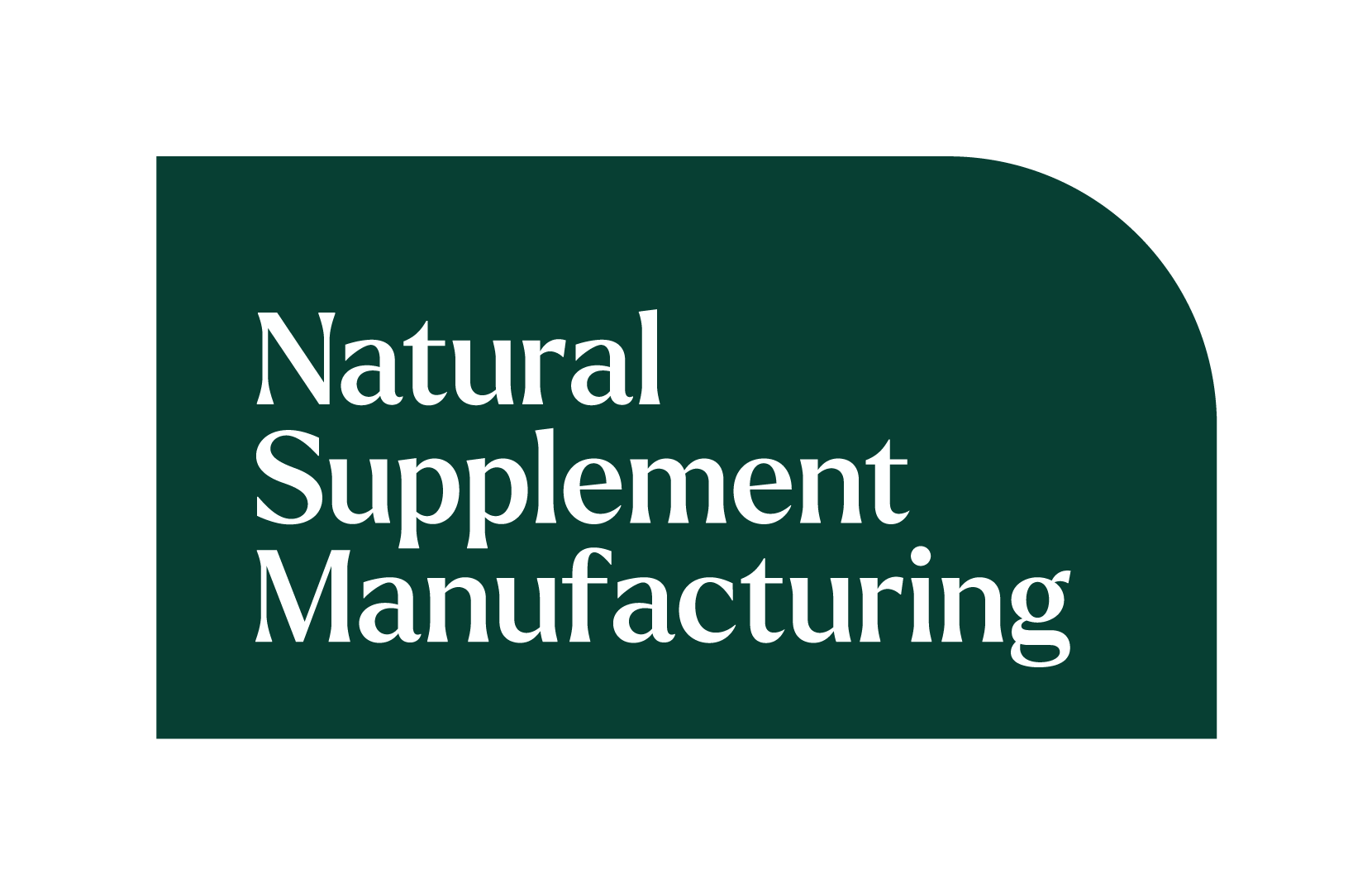Step by Step Guide to Starting Your Cannabinoid Brand

While you may not hear the word “cannabidiol” very often, its acronym — CBD — has become a household term. The industry is on fire and shows no signs of slowing down, with some predicting $16 billion in sales by 2025. In a recent Forbes Health poll of 2,000 U.S. adults, 60% said they’ve used a CBD product, and 64% believe it’s safer to consume CBD than alcohol. Put simply, there’s never been a better time to enter this expanding industry. That being said, the key to success is developing a strategic plan from the beginning. Use this step-by-step guide as a helpful resource as you start your journey.
Start a CBD Business in 7 Steps
Step 1: Do a Competitor Analysis of the CBD Market
You may already be familiar with some of the top players in the CBD marketplace, but this is the time to dig a little deeper. To conduct a more thorough analysis:
- Pick five to ten leading CBD supplement brands, note their strengths, and find areas of weakness or opportunity.
- Pay attention to taglines and key messaging points.
- Determine what their unique value proposition is — if they have a clear one.
- Look at their pricing and, if available, market share and earnings.
- Read customer reviews.
- See if and how often they’re posting to social media, and note which channels they’re utilizing.
- Examine their brand attributes, such as their color palette, logos, photography, tone, and brand story.
Step 2: Decide on Your Differentiators
Now that you’ve looked at the competition, did you notice any holes in their product lines? Is there a way to differentiate your product from their offering? Highlighting an attribute or feature that makes your product unique will go a long way in strengthening your business and setting yourself up for long-term success. Here are some ideas to consider:
Offer higher-quality products that are lab-tested and certified
The 2018 Farm Bill legalized the commercial sale of CBD, but since the compound isn’t currently regulated by the FDA, some low-quality and even fake products are being sold. These are quickly being sniffed out as inferior by consumers who demand certified, third-party tested products. By offering a product of exceptional quality, you’re meeting — and even exceeding — their expectations.
Offer minor cannabinoids
It’s always wise to stay one step ahead of industry trends. With that in mind, it’s important to know there are other cannabinoids besides THC and CBD that boast therapeutic properties. “Minor” cannabinoids like cannabigerol (CBG), cannabinol (CBN), and cannabichromene (CBC) are also getting attention from consumers. More studies are on the way, but current research and anecdotal evidence so far suggests these compounds offer the following benefits:
- CBG may assist with pain relief, mood improvement, and better sleep.
- CBN has demonstrated sedative properties and may help relieve sleep or insomnia
- CBC may help boost focus, motivation, and cognitive function as well as provide relief from pain (in particular arthritic pain).
Offer full-spectrum products
Not all CBD products are created equal — consumers can choose between full-spectrum, broad-spectrum, and isolate forms of CBD oil. So what’s the difference, and is one better than the others?
- Full spectrum CBD oil is a CBD preparation that contains the majority of cannabis plant compounds including terpenes, essential oils, and other cannabinoids, including some THC.
- Broad spectrum CBD oil is similar to its full-spectrum cousin, with the primary difference being its THC content. It still includes a range of cannabinoids but only trace amounts of THC.
- CBD isolate is pure CBD. It has been refined to a powder and contains no other cannabinoids or impurities.
Of these three, full-spectrum CBD boasts the most healing potential. This is due to the “entourage effect” — which occurs when all the cannabis compounds in full-spectrum hemp extract work together synergistically.
Step 3: Define Your Target Market
Looking to cut through the clutter? Instead of trying to cast the widest net possible by being all things to all customers, consider narrowing your target audience. Not only can you attract more business this way, it will also be easier to build customer loyalty.
Ask yourself this question: Who are you trying to help?
Find out whose hands you want your supplement to end up in. For example, you can choose to market to elderly people who suffer from arthritis, athletes seeking to overcome injuries, or people who suffer from headaches. If you’re focusing on mental acuity, you may want to focus on affluent professionals.
Once you’ve found your market, develop buyer personas with detailed demographic and psychographic information so that you understand your audience inside and out.
Step 4: Craft Your Message
Once your target audience is defined, it’s time to create messaging that connects them with your products.
- Focus on the benefits: You’ve defined your target market — now it’s time to tell them how and why they’ll benefit from using your product. What are their needs, and how will your product solve them?
- Put the customer first: It’s easy to talk about your benefits in a way that says “we do this and we do that,” but flip the script so it talks directly to the customer. For example, instead of listing your product features, try a customer-centric message that encourages your audience to imagine their life free of anxiety.
- Be clear: Don’t leave anything up to interpretation. Use clear, easily digestible language so your audience understands exactly who you are, what you do, and why it matters.
- Use an economy of words: As much as you love reading about your products, the average consumer leads a busy life filled with distractions. Keep attention spans in mind when writing marketing copy.
- Create an emotional connection: Connecting with your audience is often better accomplished through storytelling than data.
Step 5: Choose Your Retail Model
Time to figure out where you’re going to sell your products — online or in a physical store. Consider the following benefits of each:
CBD eCommerce Business Model Pros
- Fewer overhead costs (rent, utilities, wages, etc.)
- Less liability because of fewer employees
- Can potentially reach a larger customer base
- Website data provides insights into shopper habits
- No limited hours of operation
CBD Brick-and-Mortar Business Model Pros
- Attracts window shoppers and community members
- Employees can upsell and cross-sell products
- Customers are typically happier with their purchases because they can see and choose the products
- No shipping
- Easier returns
Step 6: Pick Your Marketing Channels
If you don’t market it, they won’t come. Find out where your target market spends most of their time and plan accordingly, but make sure to spread your efforts across multiple channels for maximum impact.
- Organic social media: Don’t feel like you have to join every social media network at once, but chances are you’ll need at least a Facebook business page. After all, 55 percent of consumers learn about companies on social media. If you have tons of great images to share, consider Instagram. If you have loads of thought leadership content, a Twitter account could help connect you with potential customers.
- Email marketing: Did you know that every $1 spent on email marketing generates $36 in ROI? With a stat like that, consistent email marketing should be a foundational part of your strategy. Start with an email a week, then go from there, utilizing testing along the way to discover what gets the most response from subscribers.
- SEO content: From blog posts to YouTube videos, high-quality content that answers your target market’s most pressing questions spells long-term traffic growth and increased brand awareness.
- Paid advertising: Organic social media is great for building relationships with your audience, but paid social helps you connect with your intended audience in less time. But while this channel can certainly boost website traffic and sales, resist the urge to put all of your eggs in the paid advertising basket, as investing in email marketing and organic content can pay off better in the long run, especially since you own your list and content.
Step 7: Partner with an Industry Leader
If you really want to make your brand stand out, your CBD contract manufacturing partner can make all the difference. By teaming up with a contract manufacturing organization that has been producing premium cannabinoid products since 2014, you can feel confident you’re offering your customers the highest-quality CBD on the market.
All of our products are manufactured in our state-of-the-art cGMP and ISO–certified facilities, and every batch of our product line comes with a Certificate of Analysis supplied by an independent lab verifying our products contain the optimal amount of cannabinoids and are free of pesticides, herbicides, mold, fungi, heavy metals, and mycotoxins. Plus, we use 100% plant-based softgels to give you the competitive edge.
If you’re interested in offering white label, private label, or custom vegan CBD, CBG, CBN, and CBC oil softgels, contact our team today to see how we can best serve you.
